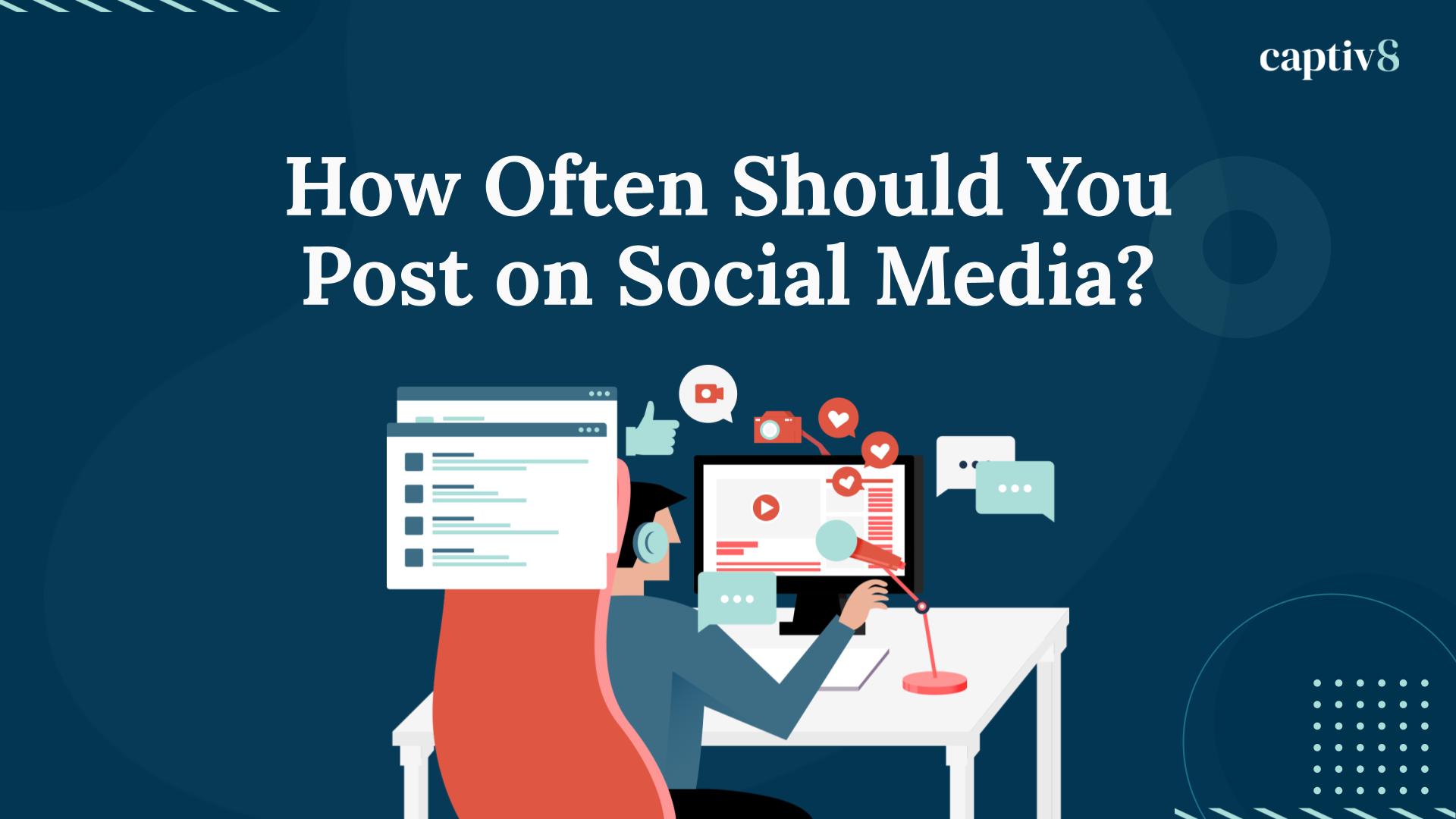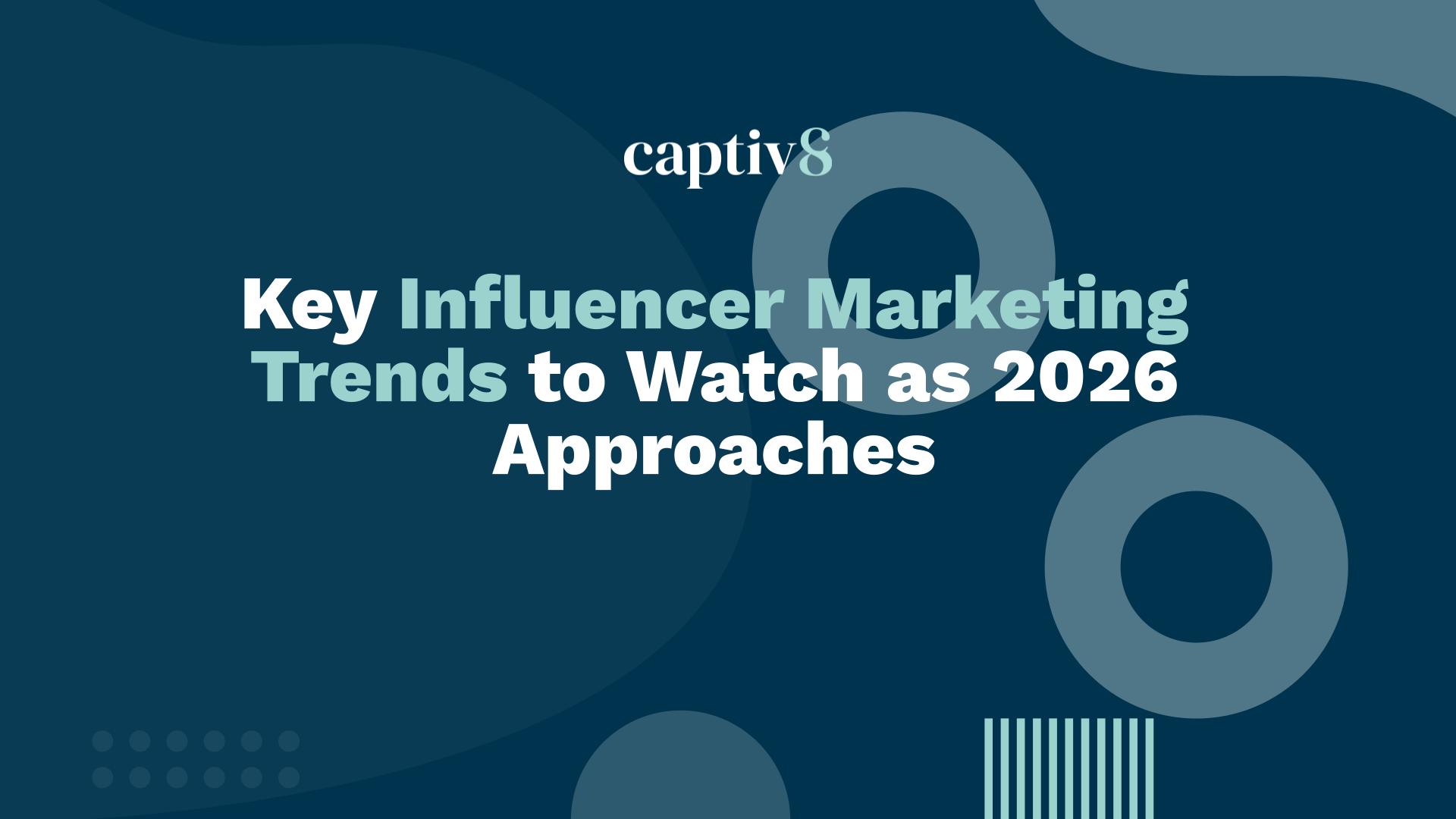Life After Likes: 5 Ways to Adapt Influencer Marketing for the New Instagram

Removing likes from the Instagram feed wouldn’t be the end of the world (contrary to the reactions of a few hyperventilating influencers). In fact, as the company extends its like-removal experiment to the U.S., we’re at the cusp of an exciting new world for influencer marketing. Without the distractions of vanity metrics—and the fraud they encourage—brands can better focus on authenticity, high-quality content, deeper engagement, and more meaningful measures of impact and ROI. In reality, there’s a lot to like about Instagram without likes.
Before we get into practical tips for influencer marketing in the post-like era, let’s take a moment to reflect on why Instagram’s move is good news for the entire social media community.
The original intention of “liking” was to express a sincere response to a piece of content—something the user felt a personal affinity with. But showing metrics under the post introduced an element of social pressure that distorted that sincerity. Maybe people were more likely to like popular content because they wanted to be part of the crowd—or less likely since they felt their own like wouldn’t matter that much. Maybe they were shy to like less popular posts. Either way, once publicly displayed numbers got into the picture, likes became a less reliable measure of genuine sentiment and engagement.
Hidden from public view, likes can now become more credible and useful again—as long as brands have a way to see them. Without public visibility, that means relying on an influencer platform to provide third-party access to engagement data. The alternative would be to ask influencers to share screen shots of their dashboards—a logistical nightmare for a campaign of any size, and an open invitation to fraud and error.
But more importantly, the disappearance of public like counts is an opportunity to look beyond vanity metrics in general. After all, measures like these have always been minor factors in measuring the success of an influencer campaign, below brand lift, purchase intent, referral codes, traffic spikes, direct response conversions, and other more meaningful metrics.
Here are a few more productive areas of focus for influencer marketing on the new Instagram.
Focus on health and quality
Brands need influencer partners who generate the right kind of engagement—positive, authentic, receptive. Raw numbers like vanity metrics don’t tell you a thing about the health of the conversations you’re injecting your brand into. Instead of going by counts alone, change the way you define an influencer’s “top posts”: not the ones that drew the most likes, but the ones that sparked the best conversations. An influencer who can show an engaged audience making real connections around content will always deliver better results than someone with a knack for getting drive-by likes without making much of an impact.
Access deeper insights
Keep in mind that likes aren’t going away entirely. Their count is just being hidden from public view. Marketers will still be able to see them through business account access and, more scalably, through social measurement platforms with Instagram’s Graph API. And the metrics you can access through API integration will be of much higher quality than previously. To begin with, quality of engagement should increase overall since users will have little reason to engage with content unless they truly appreciate it, and influencers will have less incentive to participate in fraud. But the real opportunity lies in focusing more closely on additional engagement metrics that can provide more meaningful insight to marketers:
• Bookmarks/saves – For content that’s DIY, tutorial, recipe, or look/style-based, this is a powerful consumer action to measure, illustrating real value and utility of an influencer’s content beyond a casual like.
• Impressions and unique reach – These measures name always been inherently valuable, and they’ll continue to be so—another key reason to take advantage of 1:1 reporting via API.
• Story metrics – Ever wonder how many users are tapping forward through a story or exiting from its frames? What about replying to a content creator or tapping back to re-watch? That’s a much deeper indication of engagement than a simple double-tap.
Pivot to video
Influencers are already following the media-wide trend of emphasizing video—including the inclusion of short-form video in Instagram Stories, which are growing a stunning 15x faster than feeds. That has real benefits for marketers and their content campaigns. Video is much more trackable and granular than vanity metrics, including data on time spent on the platform, content views, engagement, and—in the case of Stories—the number of swipe-ups. With more data to work with, creators can better optimize on well-performing posts and produce more of the content their community likes best.
Put a premium on authenticity
Instagram’s removal of like counts is designed in part to alleviate the pressure to post perfectly crafted content in hopes of getting more likes. In fact, audiences may already be moving in that direction. Consider the massive popularity of Gen Z influencer Emma Chamberlin, whose trademark low-fi vlogging and minimal makeup has attracted teens by the millions—while inspiring countless other influencers to ditch FaceTune and millennial pink walls and show their true selves. The days of staged photoshoots, fake laughter, and generic friends might well be numbered as young users seek influencers they can relate to on a more authentic level.
Lean into direct marketing
At the end of the day, brands are on Instagram to drive real business value. Brand awareness—seen through likes—is all well and good, but brands should be tracking performance and attribution metrics across the funnel, from brand lift and purchase intent to sales, conversions, and downloads. Brands will also want to see direct sales from influencers, tracked by third-party platforms like the deep-linking tool Branch.
Finally, remember that it’s not all about Instagram. Be sure to zoom out and look at the other hot platforms currently dominating the social realm—like TikTok, for example. With over 1.3 billion users, this relatively new channel has become a gold rush for influencers, who can apply their learnings from Instagram—and even re-use the same content—to reach new audiences in new ways.
Instagram’s experiments around hiding likes will transform influencer marketing—and for the better. Healthier engagement expanded video, more authentic content, and real sales metrics will lead to more effective brand campaigns and stronger online communities. Instead of blasting out content for the sugar rush of likes, influencers will create a social media space that’s more deeply connected, relevant, and positive—and isn’t that the point of being social and driving influence?
Want to learn more about other metrics to measure success? Visit Captiv8.io for more info!



